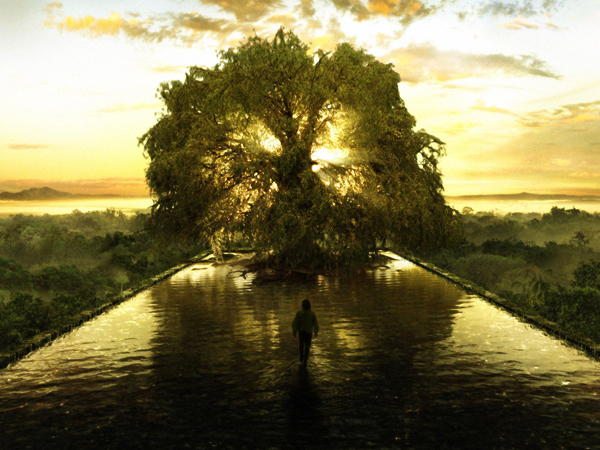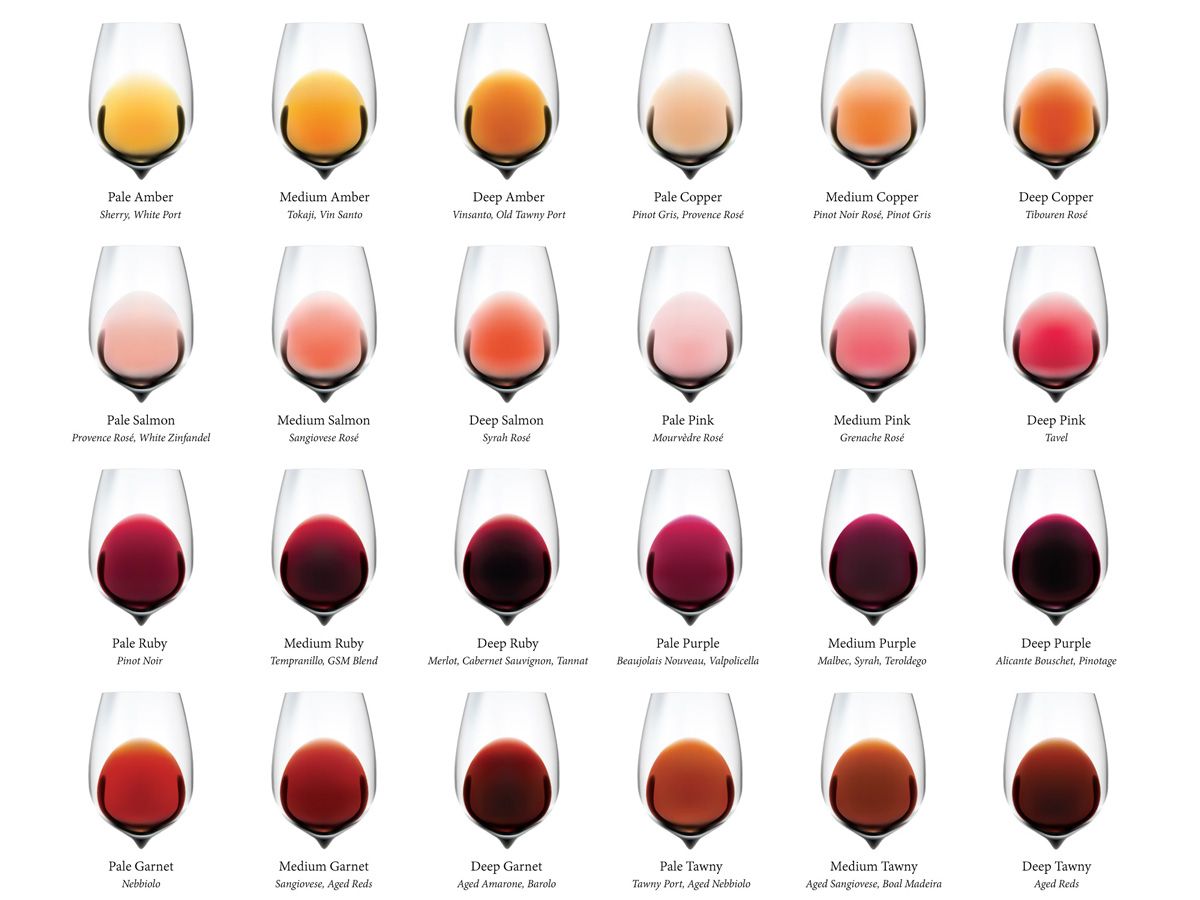When I first visited the Tamar valley on my way to Tamar Ridge in Kayena to start the vintage in 2022. I was struck by the majesty and beauty of the river winding it's way up from Launceston to the Bass Strait. Here along this estuary were vineyards, stone fruit orchards olive groves and fishing villages as well as nature reserves and national parks just a short journey away.
The region is the engine room of the Tasmanian wine industry with over a third of Tasmania Production coming from the broader region.
The climate
Maritime
The region is definitely a cooler climate but warmer than the rest of Tasmania with the exception of some parts of the east coast depending on the year, particularly the Northern section of the Tamar which benefits from the estuaries influence. The southern part of the region south of Launceston is a little bit cooler due to it's distance from the Tamar river . The cooler season gives them time to pick the grapes when they want to rather than be forced to pick due to rising sugar levels and lowering acidity. Many Austrian and German grape varieties should be suitable in this climate. Chardonnay is well suited. And Pinot Noirs problem may be a lack of heat and fuller ripeness which may be an advantage if your making a more delicate style rather than a structural Pinot.
Due to the more maritime influences they may have a lot more hang time on the vine than say Burgundy. Which may mean that some of these vines will still get to some semblance of ripeness although being numerically cooler.
The Rosevears sub region will probably be a bit warmer based on the aspect and proximity to a large body of water . This may also be the case in some of the vineyards further north.
MID SUMMER TEMPERATURES HDD RAINFALL
Minimum / Mean / Maximum 7Months (mm)
Dijon Burgundy 15.0 / 20.8 / 27.0 1324 474
Auxerre 14.4 / 20.2 / 28 1266 433
Northern Launceston 12.6 / 18.7 / 24.8 1243 294
Southern Launceston 11.0 / 18.1 / 25.1 1074 292
Reims 12.9 / 18.8 / 24.7 1018 385
Geisenheim 13.4 / 18.7 / 23.9 1001 342
http://www.bom.gov.au/climate/averages/tables/cw_091237.shtml ( Northern Tamar Probably Slightly warmer and possibly more maritime than this site?)
http://www.bom.gov.au/climate/averages/tables/cw_091311.shtml ( Southern Tamar a little more diurnal range due to the distance from the Tamar River)
The sub regions
South of Launceston
Their are new vineyard plantings near the airport as well as older plantings in Reibia. Further south east on your way to Ben Lomond at White Hills their are also large vineyard holdings mainly owned by Penfolds.. The southern section can be ripening fruit up to two or three weeks later than the north depending on the year.
Wines to Try : Josef Chromy , Penfolds (straight Pinot Noir or the Yattarna Chardonnay which has a % of Tasmanian fruit.)
In the Northern section you have
Legana
In amongst the urban sprawl one vineyard on lighter soils is able to ripen Cabernet Sauvignon no small feat in Tasmania.
Wineries: Velo Wines
Rosevears
A warmer site that has an north easterly aspect and basalt soils. Probably some of the first fruit to be harvested in Tasmania due to its advantageous aspect on the ridge in front of a large body of estuarine water of the Tamar river.
Lots of vineyards here and wines made from both larger and smaller producers.
Gravelly Beach
Is further north it has a few vineyards just up from the river and has produced some very smart chardonnay.
Wineries to try: Holyman wines/ Stoney Rise the Holyman Chardonnay is particularly good up their with the best in Tasmania.
Deviot
A smaller vineyard has had some success with Shiraz where due to the aspect and proximity to the river (within 10-20m) they have been able to ripen shiraz on their steep east facing vineyard.
Wineries to Try: Marion's Vineyard
Kayena & Rowella
Here there are several vineyards that are surrounded on three sides by the river helping to moderate the climate. Larger vineyard holdings and smaller sites co exist. The whole gamut of varieties that are grown in Tasmania seem to thrive here. With a special mention to Shiraz as three producers have all had some very interesting and tasty cool climate styles. But both Chardonnay and Pinot Noir were also impressive.
Wineries to try: Tamar Ridge, Holm Oak , Waterton Hall
Beaconsfield to Exeter
Further back from the river but still with some maritime influence a few smaller producers are making some interesting wines from mainly chardonnay, pinot noir and the odd pinot gris even a couple of rieslings. Swinging Gate had an amarone style cabernet Pinot noir blend that was pretty interesting, and a more fleshy fuller Pinot Noir.
Wineries to try: Winterbrook, Swinging Gate
The Pipers Region is really a separate area so I will cover that elsewhere.
The grape varieties
What does well chardonnay is hands down the most interesting and high quality dependable variety, even the amateurs in the region are making decent chardonnay.
Pinot Noir in the right hands with a good understanding of their vineyards , clones and winemaking techniques makes great tasty raspberry and cherry styles with more flesh than many other parts of Tasmania but still quite light to medium bodied. There is an honesty to the styles. With producers that lack experience with the variety the wines tend to be light easy but lacking in character.
Of coarse the climate is ideally suited to Sparkling wine with the methode traditionalle technique, as the chardonnay and pinot noir keep their acidity. This is the case all over Tasmania but in the Tamar the southern area is particularly suitable.
Riesling can be interesting and delicate more minerally and less citrus like the Clare, but may have an excess of acidity when young. with age they tend to come into their own.
Pinot Gris is probably the most commercially viable variety with yields and growing conditions. And when done well can have a beautiful drinkability, but unfortunately as a style not many will set the world on fire.
What struggles
Cabernet Sauvignon will struggle in general and anyone persisting with this grape here you have to ask why?
Having said that the one exception I found was at Velo wines where the poorer soils and fastidious vineyard management produced a very nice varietal cabernet. I would suggest that maybe this is a much warmer site and combined with the poorer soils may also assist in it's success.
Surprises
Shiraz in general does not lose enough acidity to be considered viable in most of the Tamar looking green and harsh. But the warmer sites close to water have all shown that great shiraz is indeed possible in Tasmania particularly in a warmer year (here and possibly in the upper Derwent and Lower Coal River Valley). with some having white to black pepper red to black fruits and a European like elegance to the wines.
Activities
Penguin spotting:
If you wander up to Low Head you can visit the nests and resting spots of the local Penguin Population. Their are also untouched sites that can be visited all along the Northern Tasmanian Coastline to see these fascinating critters.
https://parks.tas.gov.au/explore-our-parks/low-head-historic-site
Gorge Hiking:
Cataract Gorge is a must visit. Hike up to the swimming pool or adventure along the winding path right through the Cataract Gorge Reserve and the Trevallyn Nature Recreation Area, located nice and close to the city of Launceston in Tasmania.
https://parks.tas.gov.au/explore-our-parks/trevallyn-nature-recreation-area
Platypus :
Platypus House at Beauty Point provides a great spot to check out these unique creatures . Great if you have kids on board. There is also a nice breakfast spot slightly further north where you can look out on the bay.
https://platypushouse.com.au/
Seahorse :
Right next door to Platypus House Seahorse World gives you an up close experience with these tiny delicate marine animals.
https://seahorseworld.com.au/
Zoo:
Tasmania Zoo has a wild variety of animals to discover, probably the most interesting being the Tasmanian Devils and the Meercat population.
https://tasmaniazoo.com.au/
Hikes:
Ben Lomond:
Climbing up Jacobs ladder this landscape seems unique to this small part of Tasmania with its Dolerite Cliffs. Climbing up to 1500m the climate cools considerably as you move into a cloud covered alpine environment. In winter the top of the mountain has a skiing available. In summer its a playground for hikers and mountain climbers.
https://parks.tas.gov.au/explore-our-parks/ben-lomond-national-park
Liffey Falls:
A serene hike through magnificent old tree ferns that culminates in the waterfalls at the top of the hike. You wander through the rainforest and get glimpses of the creek and moutain ranges through small gaps in the undergrowth.
https://parks.tas.gov.au/explore-our-parks/liffey-falls-state-reserve
Narawntapu National Park:
A world away on a beautiful stretch of beach looking out over the Bass Strait in the Northern Part of the Tamar region.
https://parks.tas.gov.au/explore-our-parks/narawntapu-national-park
Food Options
Stillwater:
Situated just off the Bridge in the entrance to Cataract Gorge. Some of the best food in Launceston. I had great coffee and some poached eggs for breakfast.
https://www.stillwater.com.au/
Smell
Fern Gullies near Launceston like a mini Liffey Falls at Notley Gorge
https://www.discovertasmania.com.au/things-to-do/nature-and-wildlife/notleyferngorge
See
Brady's Lookout in Tamar has gorgeous vistas looking north as the Tamar river snakes its way north towards the Bass Strait.
https://goo.gl/maps/JF4o6UfrQNS1wMET9
:Eddy flows of the Tamar River.
If you get up before sunrise or in the early hours of the morning and sit around or near the Batman Bridge you can watch the whirlpool eddies and flow of the Tamar River. In the early morning light this becomes a peaceful yet visually breath taking experience.
https://goo.gl/maps/Aow49va7cG7UwN578
Padymelons around the Bonnie Beach Road and other parts of Kayena
VISIT
Check out Evandale just South of Launceston for a walk into the past colonial history of the area. Or wander around the older parts of Launceston to admire the historic buildings.
Taste
Oysters from all over Tasmania
Raspberries and other delights from the berry farm in Hillwood.
https://www.hillwoodberries.com.au/
Wine bar
Havilah a cool spot amongst some other eateries across from Princes Square in Launceston.
https://havilahwine.com.au/
Other Options:
# James Boags Brewery Tours
https://www.jamesboag.com.au/
# Local Macaques Population while strolling through the Botanic Gardens
# Rosvears Pub looking out on the Tamar
https://rosevearshotel.com.au/history
# Pinot Noir Heaven
https://www.pinotshop.com/


































































































































































































